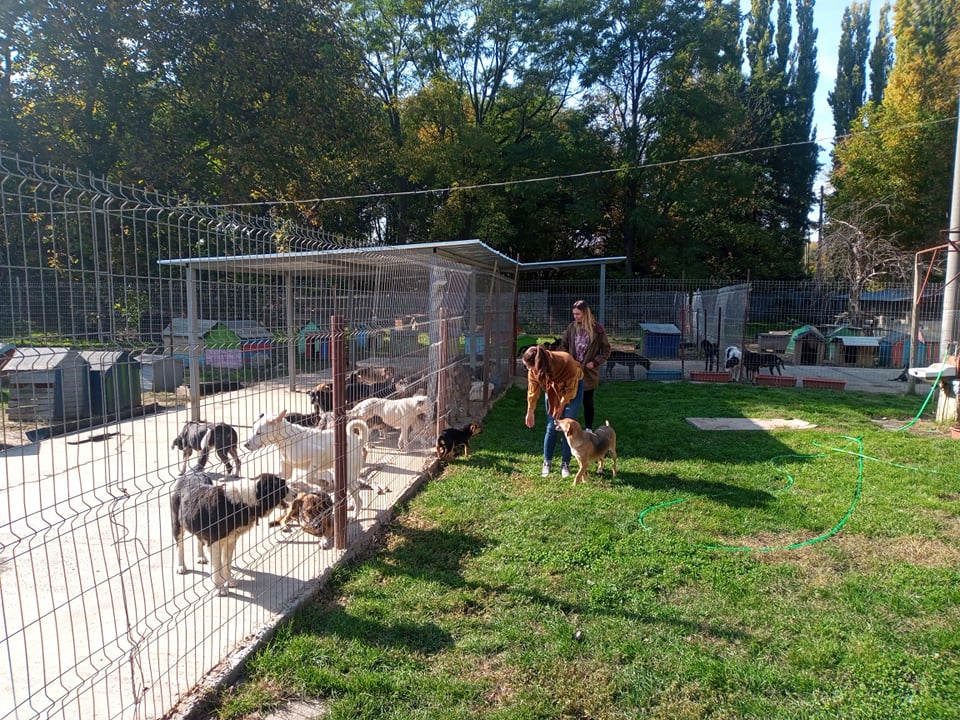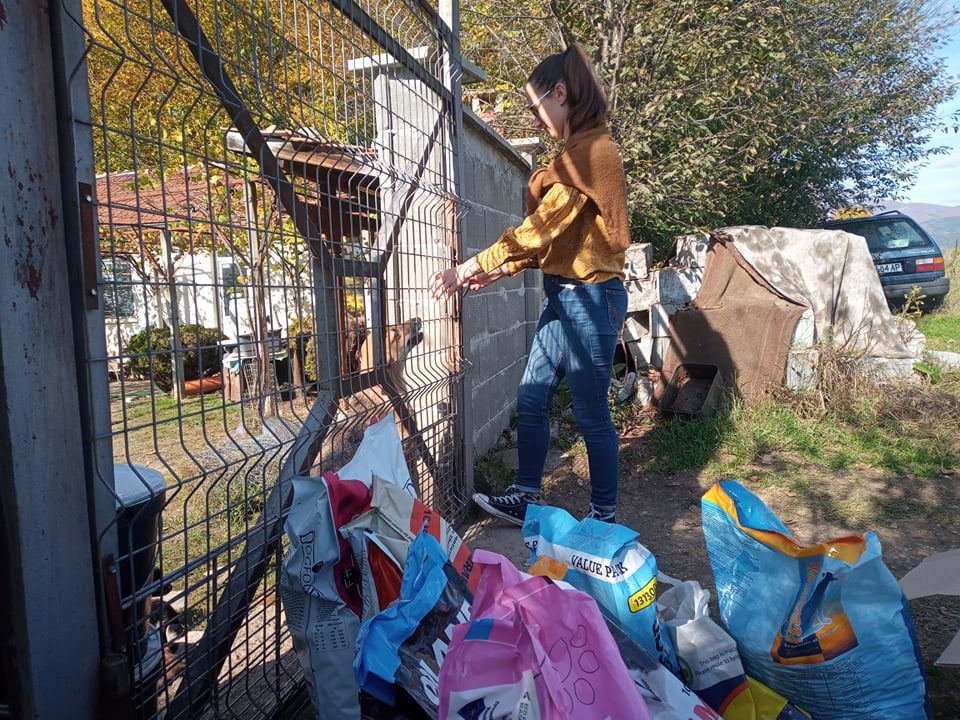Strays of Bulgaria
If you’ve ever walked the streets of Bulgaria, and especially the streets ok Kazanlak, you must have noticed the high number of stray cats and dogs.
In the 1990’s, sterilization was not known or offered for free by NPOs. Consequently, the dogs on the street would breed uncontrollably, starting a chain-reaction: street dogs were increasing both due to abandonment of pets and due to breeding on the streets. When the stray dog population reached the natural limit imposed by the available resources of the environment (e.g., food and water), this is how it got to today’s stray dog overpopulation. A dense stray population is inevitably bound to cause tension in society as dogs bark, bite, chase cars, eat from the garbage cans, litter on the sidewalks and no one cleans after them. There are also cruel people who harm dogs by shooting, poisoning, or beating them. All in all, human neglect and irresponsibility has led to a problem for the whole Bulgarian society and to problems with animal welfare.
The plight of strays is one of the most visible animal welfare issues in Bulgaria today. In Sofia alone, it is estimated there are around 10,000 stray dogs and that there are about 200,000 owned dogs in Sofia, most of them unsterilized and unregistered. The numbers are significantly higher for cats due to higher reproduction rates. Most litters born of owned companion animals are unwanted and end up on the streets in boxes and in garbage cans.
Surprisingly enough, Bulgaria has very good, modern Animal Welfare Law (APA 2008) that forbids inhumane handling of animals and places strays under special protection. On 14 April 2011, Bulgarian Parliament passed an amendment in the Penal Code, which criminalizes Extreme Cruelty to Animals. However, Bulgaria has no enforcement body to implement this law and therefore change cannot take place.
Taxpayer money is wasted on ineffective municipal programs and not enough stray animals are sterilized to reach the impact threshold percentage of 70% of animals sterilized for TNR (trap-neuter-release) to start showing a tangible effect. Indeed, statistical studies indicate that in order to fully control a stray population, you need to achieve a 70 percent sterilization rate of the animals within a particular community. Once you reach the 70 percent threshold, the probability that an unsterilized female encounters an unsterilized male is sufficiently small, and the population stops growing.
This is why we need to work to alleviate the suffering of dogs and cats in need. The best method to manage humanely and effectively free-roaming domestic animals is to catch, neuter, vaccinate and return. Nevertheless, on a more personal level, you can also help by providing help to shelters and organizations who use this method.
Lucile Casamajor



